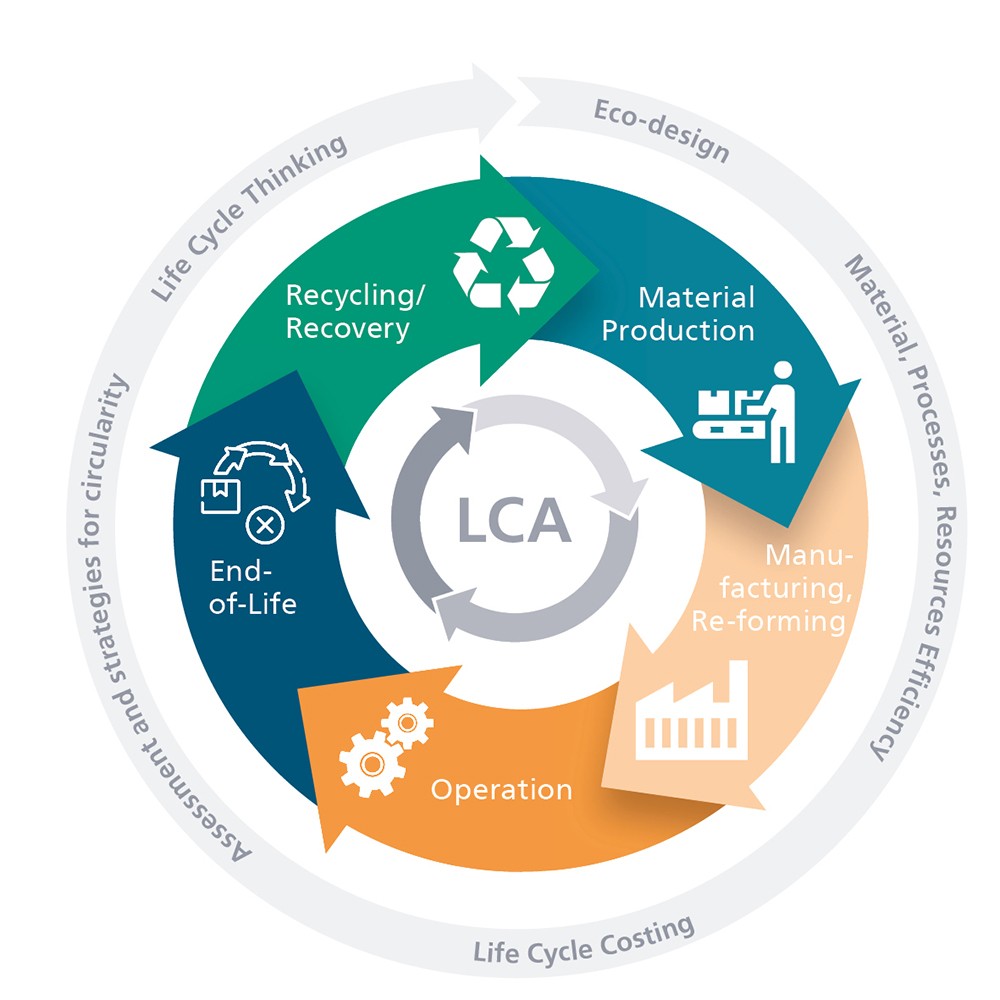Conclusion
This study has highlighted both the challenges and the immense potential of integrating multiple infrastructure systems into a holistic framework. The process of merging a road tunnel, a warehouse, and a wastewater system has demonstrated that achieving synergy across different domains—maintenance, costs, and environmental impact—is complex yet highly beneficial.
One of the key takeaways is that while integration requires significant coordination and planning, it offers considerable advantages. By synchronizing maintenance efforts, we were able to minimize downtime, reduce costs, and optimize resource allocation. Similarly, the joint consideration of emissions across all three systems allowed for a more comprehensive approach to sustainability, revealing opportunities for emission reduction that would have been overlooked in isolated analyses. Beyond cost and sustainability benefits, this integrated approach also opens up new possibilities for multi-functional infrastructure. For example, smart coordination of maintenance and resource flows could lead to more resilient urban systems that are better prepared for future demands. Additionally, such holistic infrastructure planning could contribute to the development of more sustainable cities by optimizing land use, reducing unnecessary material waste, and improving operational efficiency. Furthermore, this approach could serve as a model for future large-scale infrastructure projects, demonstrating how interconnected systems can be designed to function more efficiently together rather than as isolated entities. The methodology applied here could be expanded to include other essential infrastructure components such as energy grids, transportation hubs, and urban water management systems.
Ultimately, this project underscores the importance of thinking beyond traditional silos and adopting a systems-based approach to infrastructure planning. While the complexity of integration presents challenges, the long-term benefits—in terms of cost savings, environmental impact, and operational efficiency—make it a valuable strategy for future developments.
Future Work
This study provides a holistic Life Cycle Assessment (LCA) of an integrated system comprising a road tunnel, a warehouse, and a wastewater system. While significant insights were gained through the optimization of maintenance schedules and cost allocations, several areas for further research and improvement remain.
One promising avenue is the refinement of maintenance strategies. Currently, maintenance schedules have been optimized by aligning overlapping interventions, reducing downtime, and minimizing costs. However, further enhancement could be achieved by implementing predictive maintenance strategies. The use of IoT-enabled sensors and real-time monitoring could allow for condition-based maintenance, reducing unnecessary interventions and extending the lifespan of critical components. Additionally, a deeper analysis of material aging and its impact on long-term maintenance costs could provide valuable insights for infrastructure planning. Another important aspect for future work is the end-of-life phase of the integrated system, particularly regarding material recycling and reuse. Investigating circular economy principles for infrastructure elements—such as repurposing tunnel linings, reusing construction materials from decommissioned warehouses, or improving wastewater treatment residue utilization—could significantly reduce the environmental footprint of the system.
Sustainability could also be enhanced by integrating renewable energy sources and environmentally friendly materials. Future studies could explore the feasibility of incorporating solar panels on warehouse rooftops or along the tunnel entrance to generate on-site energy. Additionally, the use of low-carbon concrete, recycled steel, and other sustainable construction materials could be evaluated to further reduce embodied carbon emissions. Economic aspects should also be further analyzed, particularly in terms of cost efficiency and potential funding mechanisms. A cost-benefit analysis for different maintenance and investment scenarios could provide valuable insights for decision-makers. Additionally, exploring financial incentives, such as government subsidies or Public-Private Partnerships (PPPs), could present opportunities for reducing economic barriers to sustainable infrastructure development.
Another key area for further research is the resilience of the system to climate change. Future work could model the impact of extreme weather events, such as heavy rainfall or heatwaves, on the integrated infrastructure. This would allow for the development of adaptive strategies, such as flood-resistant road surfaces, heat-resistant materials, or dynamic drainage capacity adjustments, to ensure long-term functionality under changing climatic conditions.
Finally, the implementation of digital twins and AI-driven simulations could greatly enhance system efficiency and resilience. A digital twin of the integrated system would allow for real-time monitoring, scenario testing, and predictive analytics. By leveraging machine learning algorithms, maintenance schedules and resource allocation could be further optimized, reducing operational costs and improving environmental performance.
In conclusion, while this study provides a strong foundation for understanding the life cycle impacts of an integrated infrastructure system, several avenues for improvement remain. Advancements in predictive maintenance, circular economy strategies, renewable energy integration, economic modeling, climate resilience, and digitalization will be essential to further enhance the sustainability and efficiency of such systems in the future.
